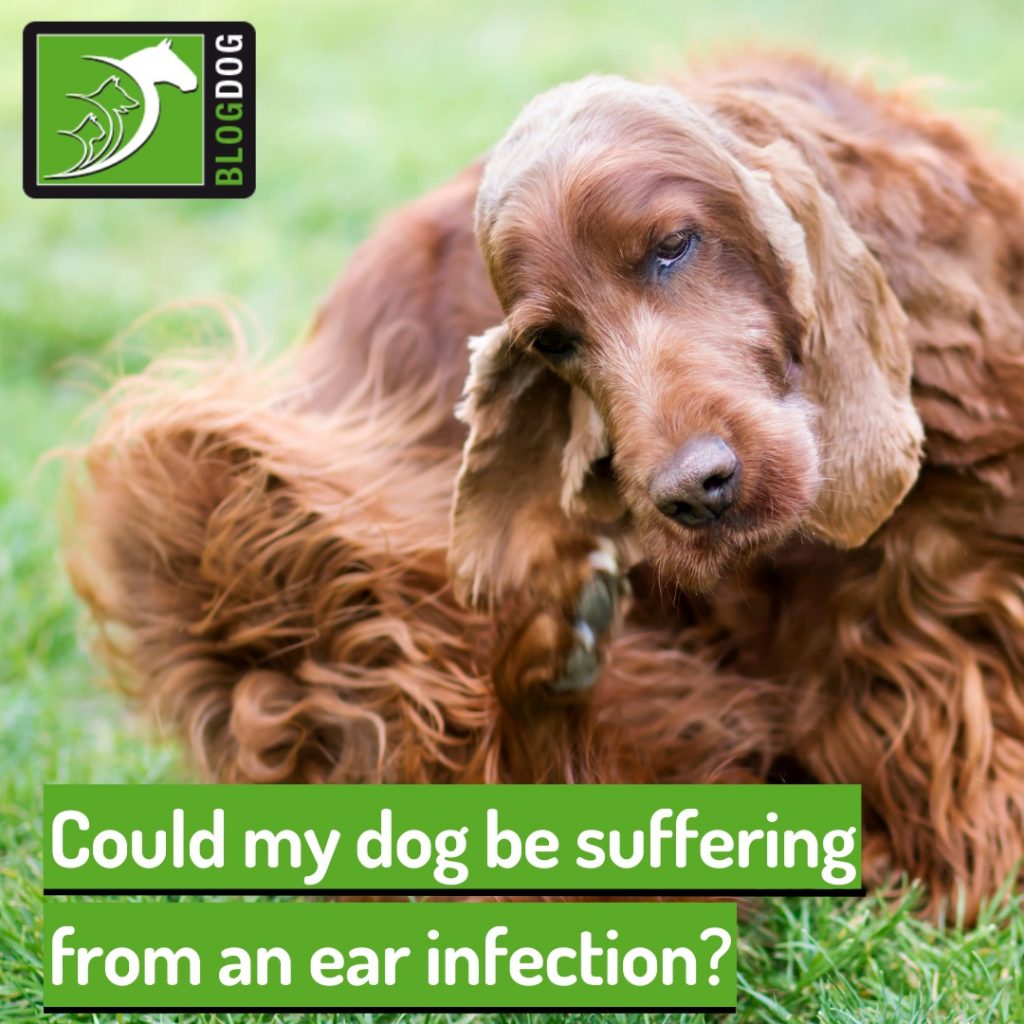Lungworm (Angiostrongylus vasorum) and its dangers
It can be so easy to hear and yet not hear, ‘have you wormed your dog against lungworm?’ Yet another parasite that it almost becomes boring. In this article, we aim to briefly cover why it would be worth considering adding protection against this parasite to your regular preventative healthcare routine.
What are the actual dangers?
Lungworm (Angiostrongylus vasorum) is a widespread parasite that is increasingly recognised as a cause of illness in dogs. (Debra Bourne, 2020.) It can cause problems affecting the heart, the lungs and blood coagulopathies (uncontrollable bleeding). These can range from mild to severe illness for your dog.
Whilst there are treatments available, the easiest method is to prevent your dog from contracting the parasite in the first place. However, it’s worth having a brief look at how it’s transmitted and how it can affect the body.
How is it transferred?
Snails and, more importantly, slugs are the most prominent intermediate host due to the fact that they consume animal faeces. This is more prevalent in the Autumn months when the transmission rate is at its peak. Whilst there are certainly some dogs who are partial to the full ingestion of a slug, the more likely ingestion is accidentally chewing or licking grass that’s covered in slug or snail trails. It is also worth noting that they can also ingest the parasite when drinking from puddles contaminated with larvae. (Debra Bourne, 2020).
Lungworm used to be found in certain ‘hotspots’ in the UK, mainly the South of England and Wales, however, this has now spread throughout much of the UK. (Improve International, 2023).
How does it affect the body?
The parasite heads straight to the right side of the heart and pulmonary arteries. The eggs released from the adult female travel to the pulmonary capillaries where they hatch. This then allows them to break into the airway where they are coughed up and then swallowed. They are excreted in the faeces, and the cycle starts again. (Brennan SF, 2004).
What are the clinical signs?
Clinical infection tends to happen in younger animals, which could be due to their less discriminate eating habits. The clinical signs can be, and often are, extremely varied. However, excessive coughing, combined with an exercise intolerance, gagging, or issues with breathing are prominent. (Smith, 2022).
Bleeding disorders are also common. This may present as bleeding from the nose, bleeds in the eyes, coughing up blood, internal bleeding and post operative haemorrhage. It is not completely understood why the parasite affects the normal clotting ability.
Some mental (neurological) signs have been noticed in a small proportion of cases, ranging from mild issues to more serious ones, such as circling, paralysis, and even seizures. (Smith, 2022).
Diagnosis and Treatment
The diagnosis and treatment of Lungworm will always vary on the clinician’s decision following a physical examination. There isn’t a ‘one size fits all’ method, at the time of writing, if lungworm is suspected, a faecal test can confirm the presence of the parasite. Following confirmation, the treatment is the same as the preventative, the application of the spot on liquid (Smith, 2022). However, it is worth noting that by this point, the veterinarian will also be treating the clinical signs as well, which, depending on severity, will affect the success of the overall treatment.
Summary:
- Lungworm can be prevented.
- Lungworm can be ingested through slugs, snails, eating grass or drinking from puddles that those slugs have had contact with.
- Symptoms can range from mild to severe.
- Prevention is better than cure.
Conclusion:
Given that the application of lungworm preventative care is relatively straightforward, and considering that the difficulties in both preventing the ingestion of the parasite and subsequent treatment can be varied, surely it would be better to include it in your dog’s regular preventative health care regime if they are at higher risk?
Your vet will be able to advise you as to the risk in your area (as it varies), and the most suitable treatment to use. So have a chat with them!
References:
Brennan SF, McCarthy G, McAllister H, Bassett H, Jones BR. Clinical signs, diagnosis and treatment of three dogs with angiostrongylosis in Ireland. Ir Vet J. 2004 Feb 1;57(2):103-9. doi: 10.1186/2046-0481-57-2-103. PMID: 21851655; PMCID: PMC3113816.
Debra Bourne, Dr Hany Elsheikha, Robyn Farquhar, Jenny Helm, Eric Morgan, Iain Peters, Kit Sturgess, Andrew Torrance, and Ian Wright. Lungworm: A roundtable discussion Companion Animal 2020 25:2, 65-75
Improve International. Survey data shows dog owners don’t know the risks of lungworm, https://bvna.org.uk/blog/stay-alert-for-lungworm-by-lucy-smith/ accessed 12.05.25
Smith, Lucy. BVNA Stay alert for lungworm! https://bvna.org.uk/blog/stay-alert-for-lungworm-by-lucy-smith/n, accessed 12.05.25














